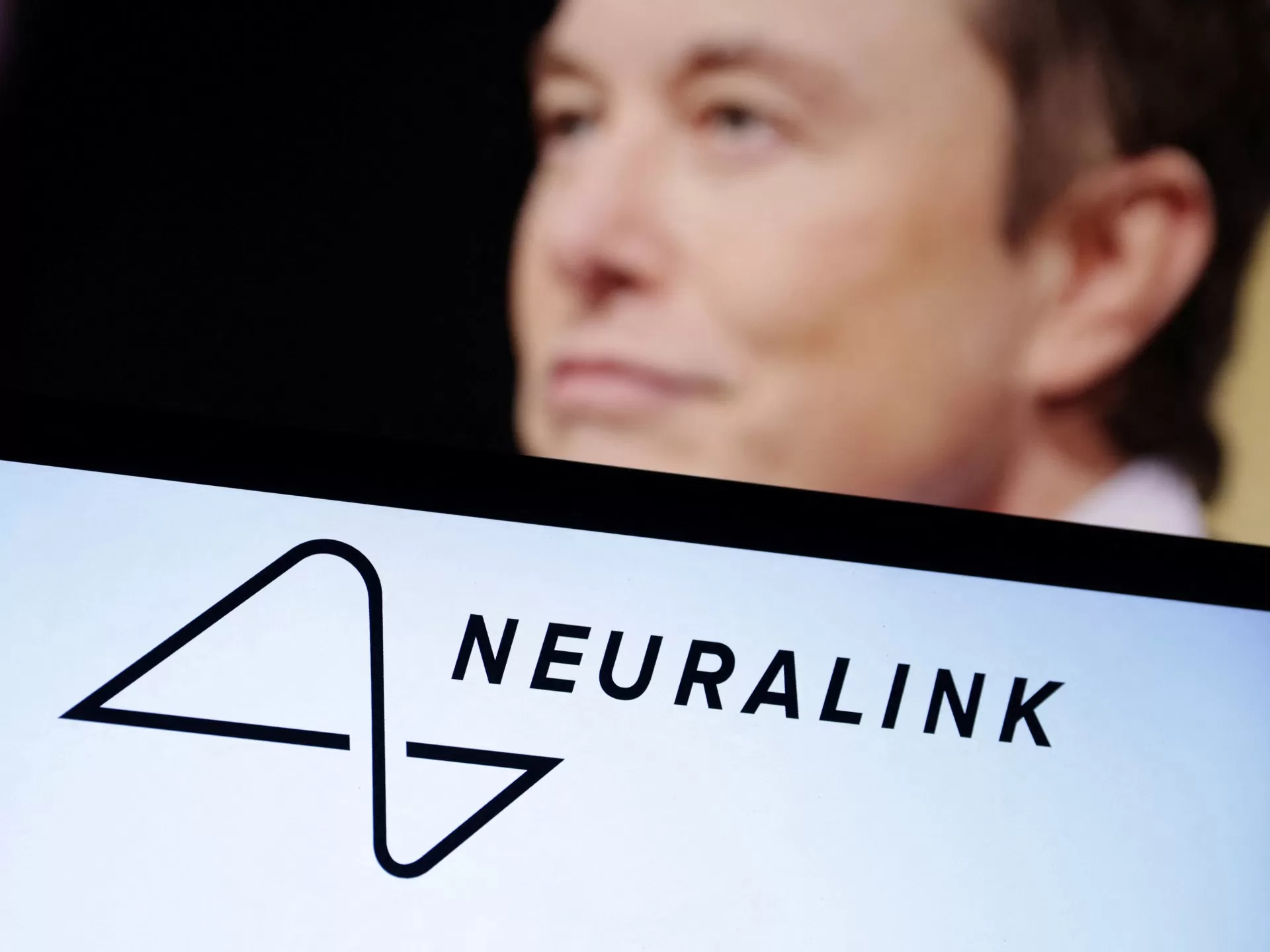Video introduces 29-year-old quadriplegic as first patient to use start-up’s brain-chip technology.
In a video posted on the X social media platform on Wednesday, Neuralink introduced Noland Arbaugh, 29, as the first human patient to be implanted with its brain-computer interface technology.
Arbaugh, who described becoming paralysed from the shoulders down in a diving accident, said that using Neuralink had become “intuitive” after practising imagining moving the cursor on the screen.
“Basically, it was like using ‘the Force’ on the cursor, and I could get it to move wherever I wanted. Just stare somewhere on the screen and it would move where I wanted it to, which was such a wild experience the first time it happened,” Arbaugh said, referring to the superpowers possessed by the Jedi in the Star Wars films.
“It’s crazy, it really is.”
— Neuralink (@neuralink) March 20, 2024
Arbaugh said the surgery for the device had been “super easy”, and he had been released from hospital a day later.
“I can’t even describe how cool it is to be able to do this,” he said in the video.
Arbaugh also acknowledged the technology was “not perfect” and they had “run into some issues”.
“I don’t want people to think that this is the end of the journey. There’s still a lot of work to be done, but it has already changed my life,” he said.
Musk, who co-founded Neuralink in 2016, said on X that his company had demonstrated “telepathy” by allowing a person to control a computer “just by thinking”.
Neuralink did not immediately respond to a request for comment.
The video comes nearly three years after Neuralink posted a video appearing to show a monkey playing the computer game Pong with its mind.
Neuralink is not the first company to use an implant to allow a patient to use a computer by thinking.
Australia-based Synchron, which uses a less invasive technique that does not require cutting into the skull, implanted its device in a patient in July 2022.
